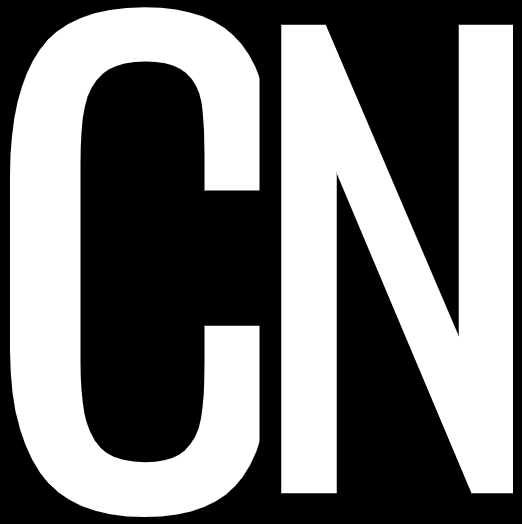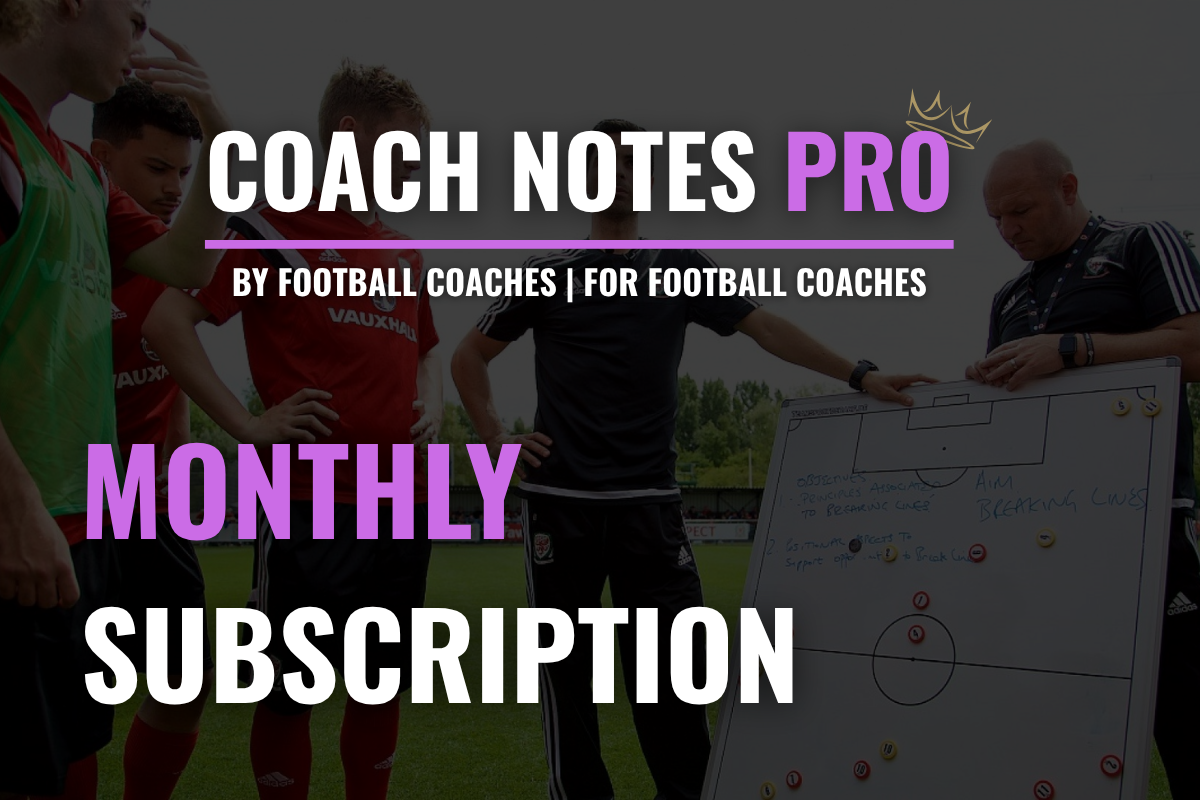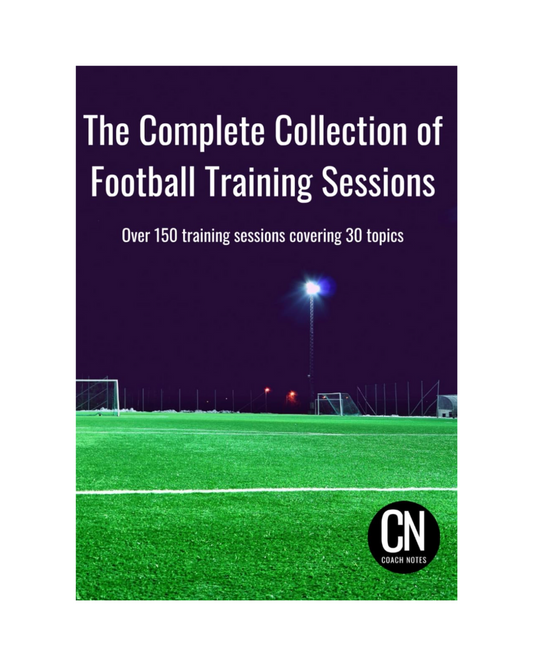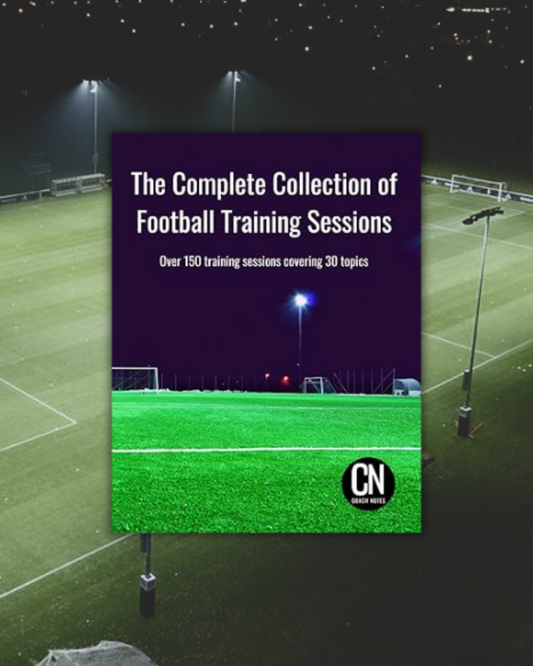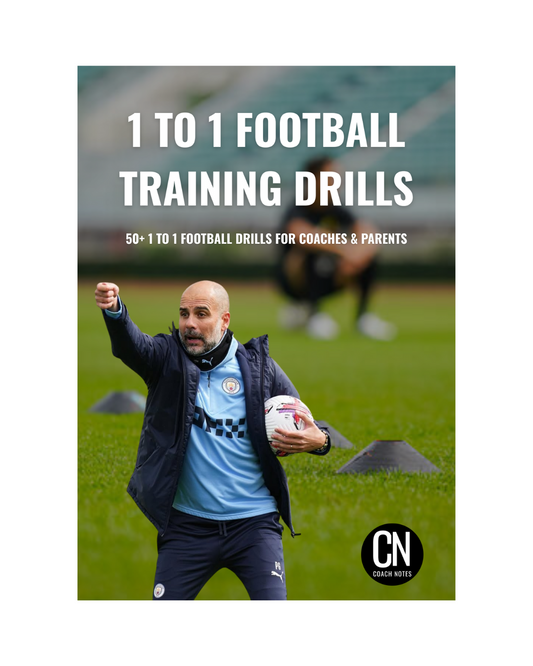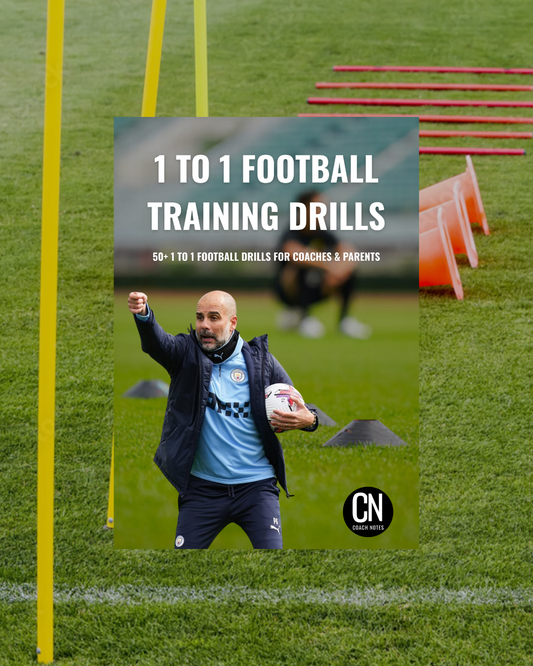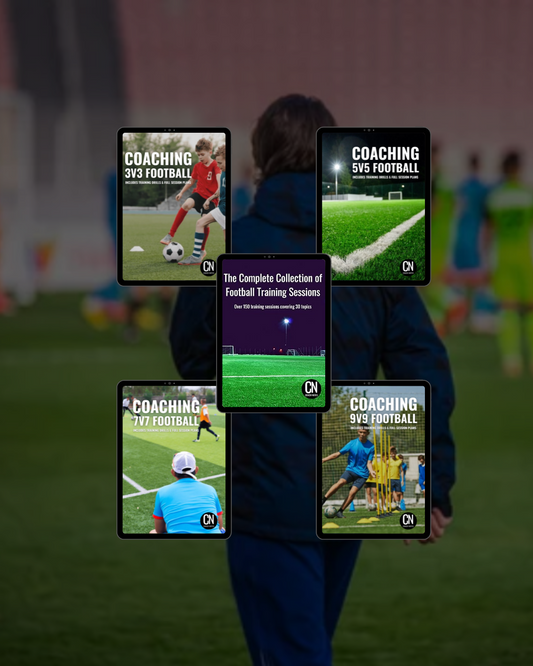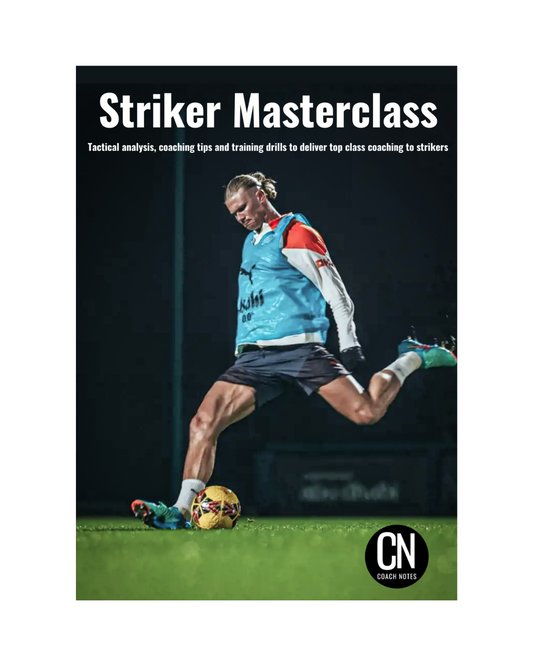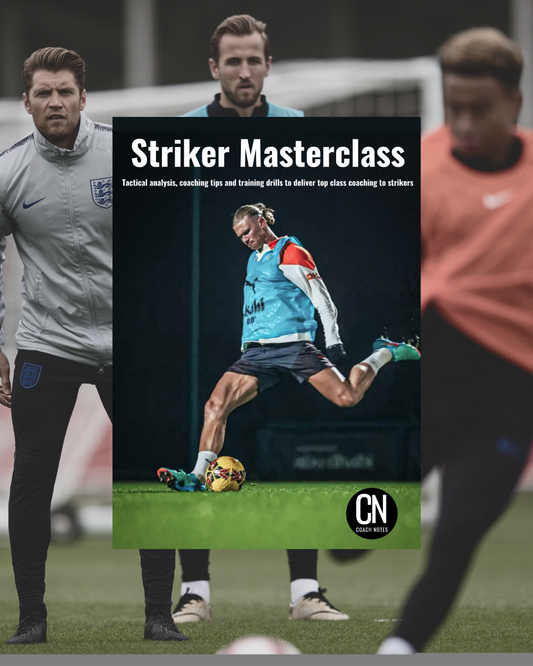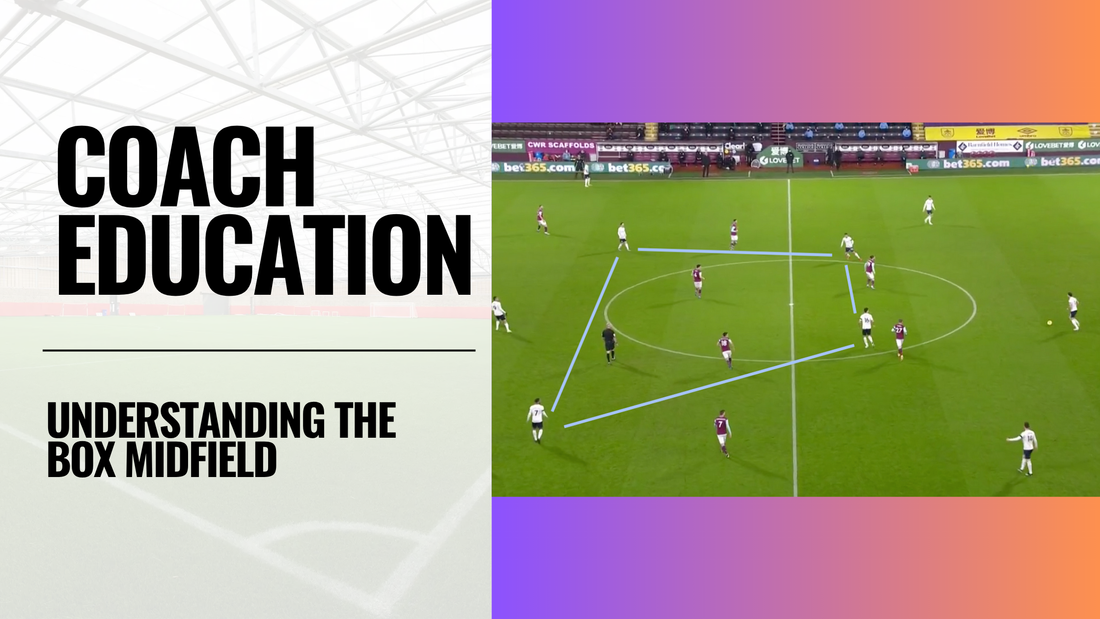
Understanding the Box Midfield
Share
The box midfield is quickly becoming one of the most influential tactical trends in the modern game. Coaches at the highest level are turning to this midfield configuration to dominate central areas, create overloads, and enable a more fluid and dynamic attacking system. But what exactly is a box midfield, and how can you coach it effectively?
📦 What is a Box Midfield?
As the name suggests, the box midfield features four midfielders positioned in a box-like shape: two deeper players (often defensive midfielders or holding midfielders) and two more advanced players (typically attacking midfielders or number 10s). This structure forms a 2-2 configuration centrally and is usually used within formations such as:
- 3-4-2-1
- 3-2-4-1
- 4-2-2-2

This box provides both vertical and horizontal balance, offering options behind, ahead, and across the pitch, which supports smooth ball progression and allows players to constantly connect and combine.
✅ Tactical Advantages of a Box Midfield
1. Central Overloads
Most traditional midfields feature a three-player setup, such as a 4-3-3 or 4-2-3-1. A box midfield gives your team a 4v3 or even 4v2 advantage in central areas. This numerical superiority makes it easier to retain possession, resist pressing, and play through the thirds.
2. Natural Build-Up Shape
The deeper two players in the box support the back line and form a 3-2 or 2-3 build-up structure with the centre-backs or full-backs. This provides angles to play out, creates passing lanes, and allows safe progression against high-pressing teams.
3. Attacking Threat Between the Lines
The two advanced midfielders (10s) operate in pockets between the opposition’s midfield and defence. When the ball is progressed into them, they can turn and link play with forwards or wing-backs, or drive at the back line themselves.
4. Supports Wide Play
Because the central areas are well populated, wing-backs or wide forwards are often left in 1v1 scenarios against their full-back. This opens up space for dangerous wide play and makes it harder for the opposition to double up defensively.
5. Solid Rest Defence
In a 3-2 build-up structure (often formed from the box midfield), five players remain behind the ball when possession is lost. This ‘rest defence’ allows for quick counter-pressing or regrouping, helping your side deal with transitions more effectively.
⚽️ Coaching the Box Midfield
If you’re considering using a box midfield, here are some coaching ideas and principles to help implement it effectively:
A. Formation Flexibility
Teach players how to create the box from different base formations. For example:
- From a 3-4-3, drop the wingers inside into half-spaces to form the top of the box.
- From a 4-3-3, have one 8 stay deeper while the other pushes forward to support a 10.
- Use inverted full-backs or advancing centre-backs to help form the lower two of the box.
B. Positional Discipline
Central overloads only work if players maintain their shape. Emphasise the importance of balance, if one of the advanced midfielders drifts wide or deep, the others must adjust to maintain the box structure.
C. Movement and Rotation
The box shouldn’t be static. Encourage players to rotate within it, with 6s occasionally stepping forward, or 10s dropping to receive and dragging defenders with them. Fluidity between the four players can unbalance the opposition.
D. Pattern Play and Rondo Practice
Use small-sided games and positional rondos with a 4v3 or 4v2 overload to simulate the box in a live context. This helps players build the instinct to find space, offer support, and break lines from within the box.
E. Link with the Wing-Backs
Run training scenarios where midfielders release the ball into wide areas and support play by arriving at the edge of the box. The synergy between the midfield box and wing-backs is key to stretching defences and delivering crosses.
🧩 When and Why to Use a Box Midfield
This shape suits teams who:
- Want to control possession and dictate the tempo
- Rely on technical midfielders who excel in tight spaces
- Play with adventurous wing-backs or wide forwards
- Need a solid structure in transition without sacrificing numbers in attack
However, it may not be ideal for teams lacking:
- Players comfortable receiving between lines
- Full-backs with attacking capabilities
- Central midfielders with positional intelligence
💭 Final Thoughts
The box midfield is a practical and flexible tactical structure that offers clear advantages in possession and defensive security. As a coach, understanding how to use and train this midfield shape can give your team a vital edge in both dominance and balance.
Whether you’re coaching at academy or senior level, experiment with box midfield principles in your sessions and watch how it helps your team connect, control and create.
